Pupils should be taught to:
- Recognise that living things can be grouped in a variety of ways.
- Explore and use classification keys to help group, identify and name a variety of living things in their local and wider environment.
- Recognise that environments can change and that this can sometimes pose dangers to living things.
- Use and make identification keys for plants and animals.
Notes and Guidance (non-statutory):
Pupils should use the local environment throughout the year to raise and answer questions that help them to identify and study plants and animals in their habitat. They should identify how the habitat changes throughout the year. Pupils should explore possible ways of grouping a wide selection of living things that include animals and flowering plants and non-flowering plants, Pupils could begin to put vertebrate animals into groups such as fish, amphibians, reptiles, birds, and mammals; and invertebrates into snails and slugs, worms, spiders, and insects.
Note: Plants can be grouped into categories such as flowering plants (including grasses) and non-flowering plants, such as ferns and mosses.
Pupils should explore examples of human impact (both positive and negative) on environments, for example, the positive effects of nature reserves, ecologically planned parks or garden ponds, and the negative effects of population and development, litter or deforestation.
Pupils might work scientifically by:
- Using and making simple guides or keys [grouping & classifying] to explore and identify local plants and animals.
- Making a guide [grouping & classifying] to local living things.
- Raising and answering questions based on their observations of animals and
- What they have found out about other animals that they have researched.
In Year 4 science, students learn about classification keys, which are tools used to group and identify living things. A classification key is a series of questions or statements that lead to the identification of a specific organism based on its characteristics.
For example, a simple classification key for identifying different types of birds might look like this:
Does the bird have feathers? a. Yes, go to step 2 b. No, it is not a bird
Does the bird have a beak? a. Yes, go to step 3 b. No, it is not a bird
Does the bird have a long tail? a. Yes, it is a sparrow b. No, it is a robin
Using this key, a student would observe an unknown bird and answer the questions to determine what type of bird it is.
Another example in classification key of animals, could be:
Does the animal have fur? a. Yes, go to step 2 b. No, it is not a mammal
Does the animal have a long snout? a. Yes, it is a lion b. No, it is a bear
Classification keys can also be used to identify plants, insects, and other types of living things. They are a useful tool for teaching students about the diversity of life and the importance of observation and critical thinking in scientific research.
Key previous learning (see vocab for definitions)
herbivore/carnivore/omnivore
vertebrate/invertebrate
mammals/birds/fish/amphibians/reptiles
How can living things be grouped?
All living things, which can also be called organisms, have to do certain things to stay alive. these are the life processes:
Living things can be grouped according to different criteria—where they live, what type of organism they are, what features they have. E.g., a camel can belong in a group of vertebrates, a group of animals that live
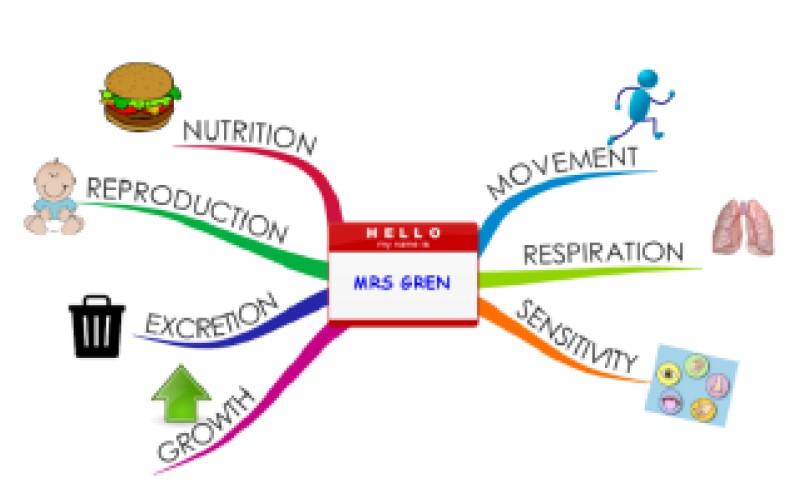
What is a classification key?
A classification key is a tool that uses yes/no questions to group living
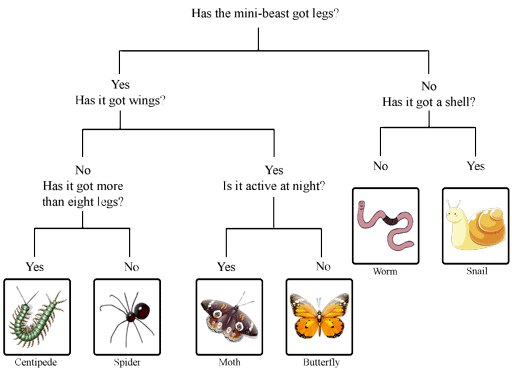
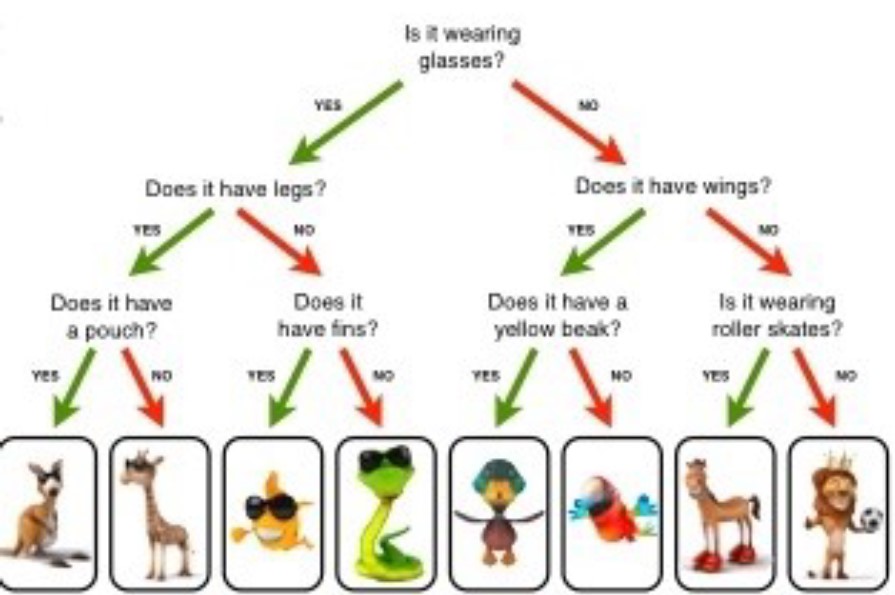
How can environments change?
Habitats can change throughout the year and this can have an effect on the plants and animals living there. Humans can have positive effects on the environment, e.g. nature reserves, but instead often damage it.
People-made Threats to the Environment
Air-pollution from cars, e.g. carbon monoxide, and the burning of fossil fuels.
Water pollution through industrial waste and farm fertilisers that can pollute rivers and streams.
Rubbish—Plastic and household waste ends up on the streets, in the sea or in rubbish dumps, destroying habitats and wildlife.
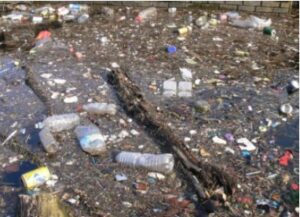
Focus Scientist
Carl Linnaeus (1707-1778) was a botanist, zoologist and physician. He’s most famous for simplifying the naming system scientists use to describe the millions of species on Earth.

Rachel Carson (1907-1964) was a marine biologist. She was most famous for her book Silent Spring (1962) which warned of the damage humans were doing to the environment.

Key Vocabulary
amphibian : a cold-blooded vertebrate that can live in water and on land.
biomes : a natural area of vegetation and animals .
bird : warm-blooded vertebrates with feathers, pointed beaks and wings.
carnivore : an animal that eats meat.
classification key : a system which divides things into groups or types.
criteria : a factor on which something is judged.
environment : all the physical surroundings on Earth including everything living and non-living.
excretion : the process of eliminating waste from the body.
fish : cold-blooded (mainly) vertebrates that can only live in water.
habitat : the natural environment in which an animal or plant lives or grows.
herbivore : an animal that only eats plants.
invertebrate : creature that does not have a spine.
life processes : the seven processes that tell us that living things are alive.
mammal : a warm-blooded vertebrate that breaths air and grows hair.
microhabitat : a small part of the environment that supports a habitat.
nutrition : the process of taking food into the body and absorbing nutrients.
omnivore : person or animal that eats both meat and plants.
organism : a living thing.
reproduction : when an animal or plant produces one or more copies of itself.
reptile : cold-blooded vertebrates.
respiration : process of respiring; breathing ; inhaling and exhaling air.
sensitivity : responding to the external environment.
vegetation : plants, trees and flowers.
vertebrate : a creature which has a spine.
Living things and their habitats
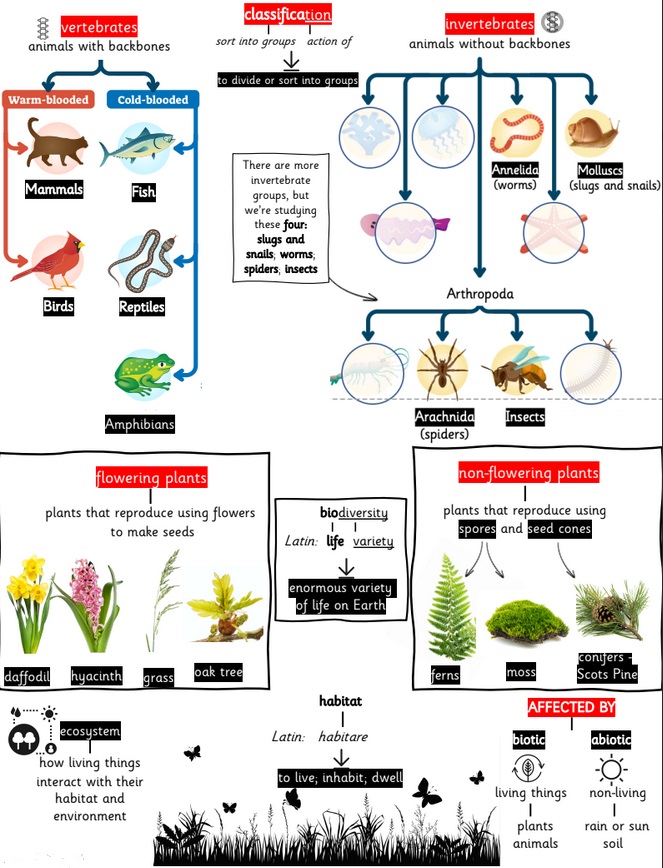
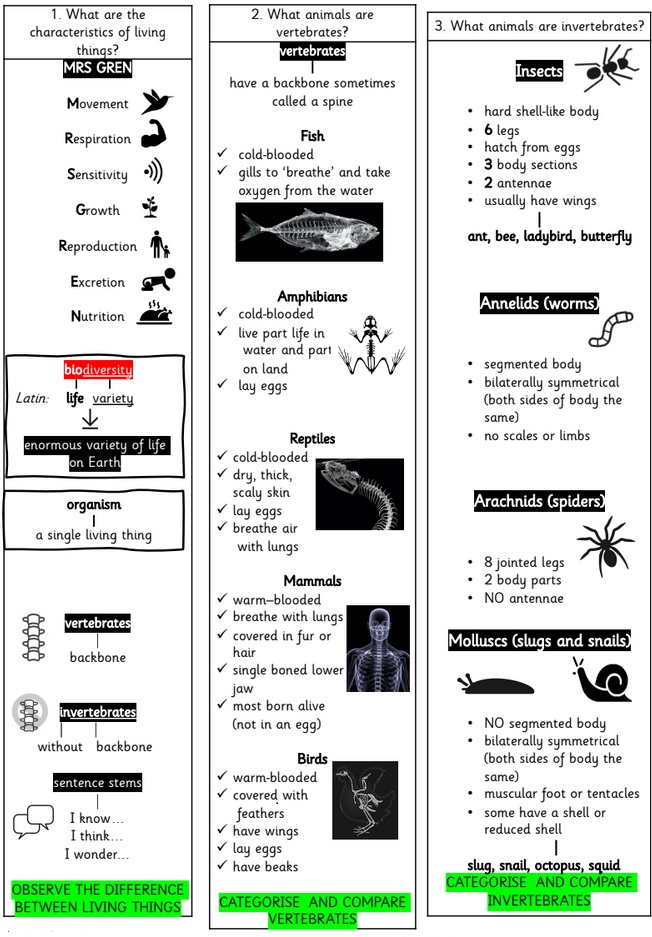

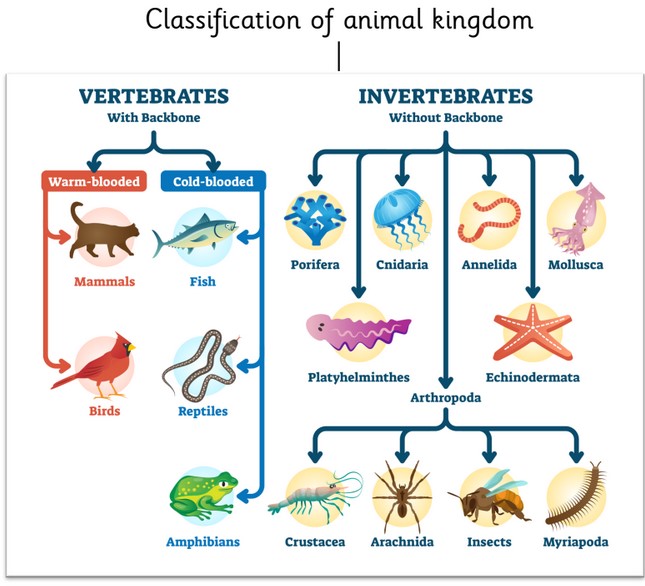
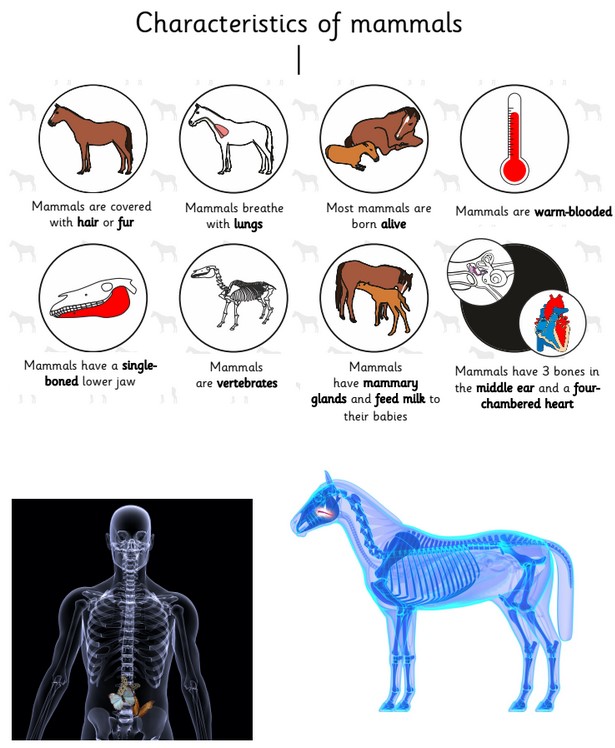

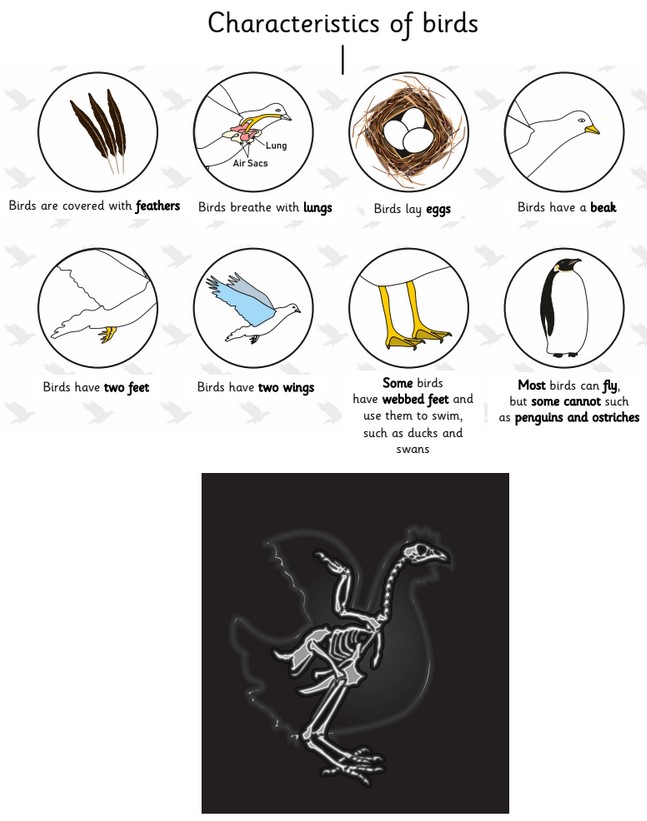
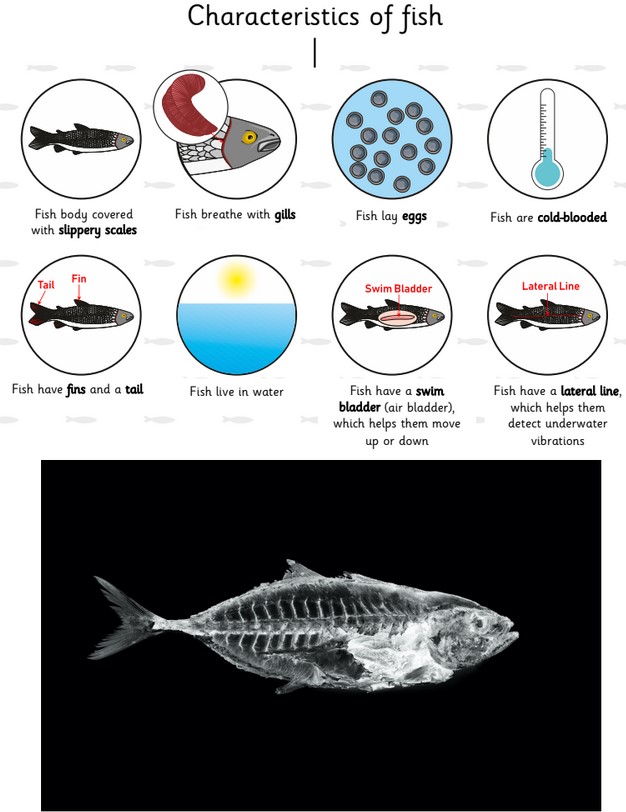
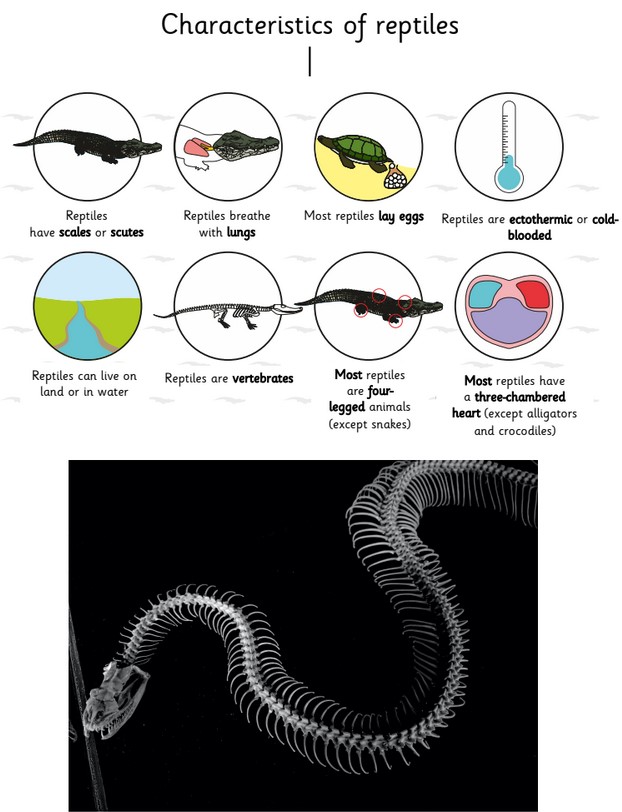
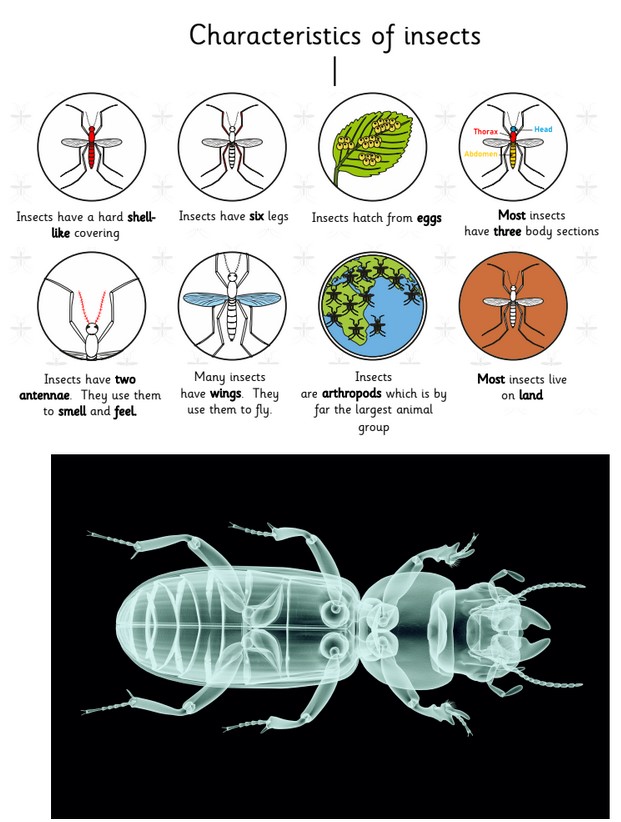
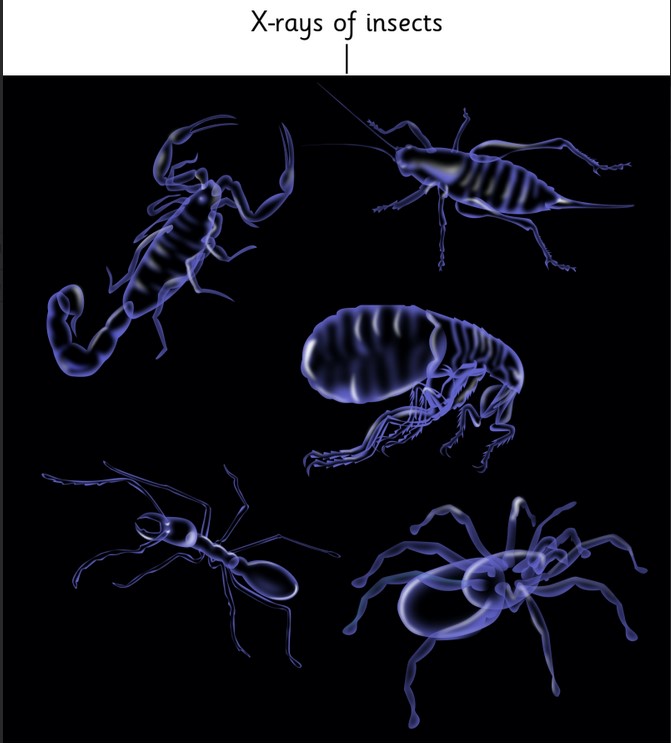
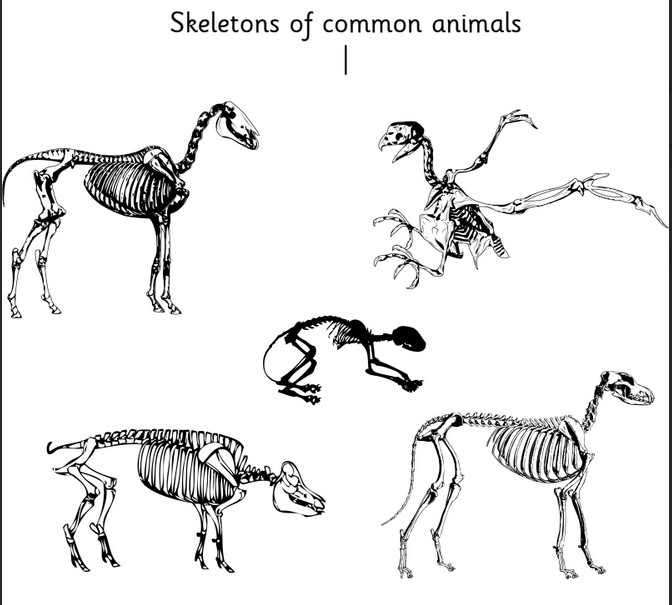
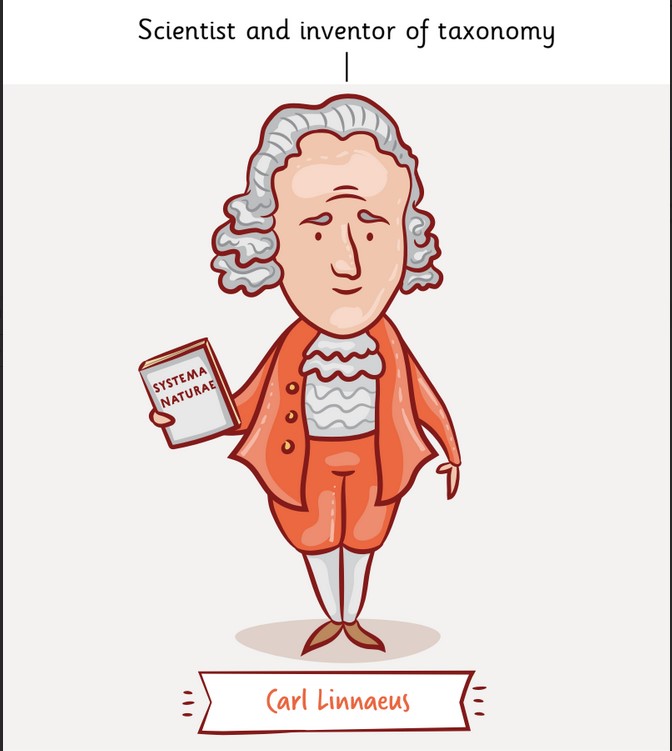
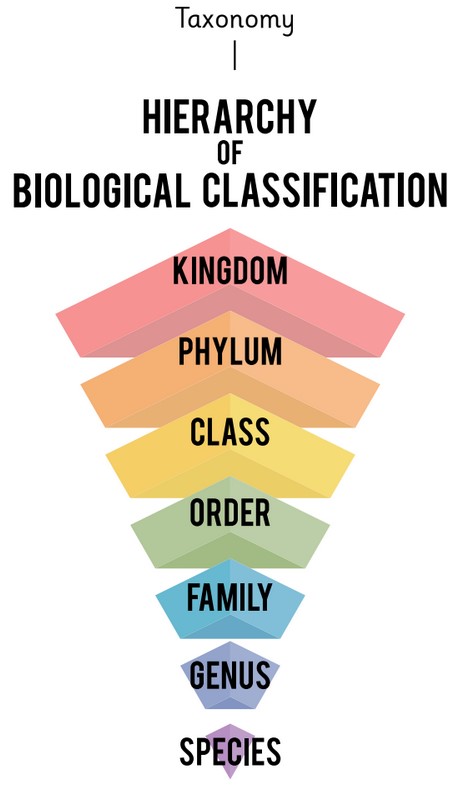
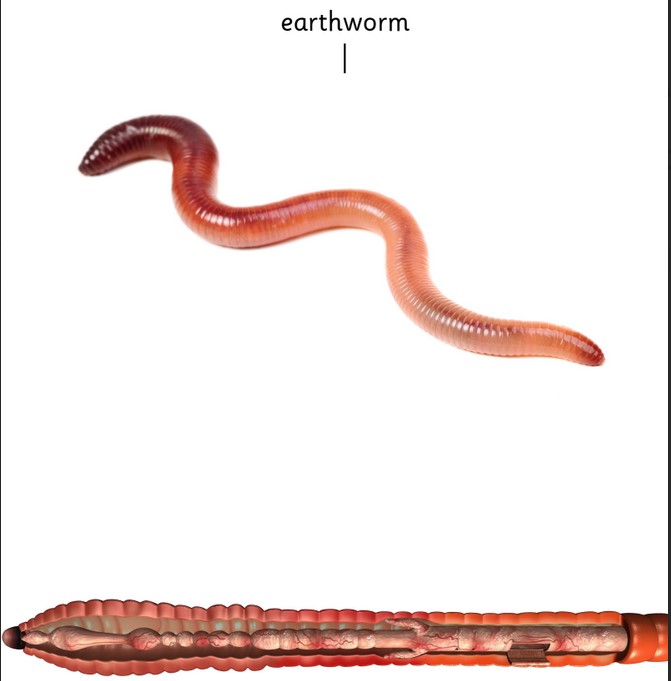
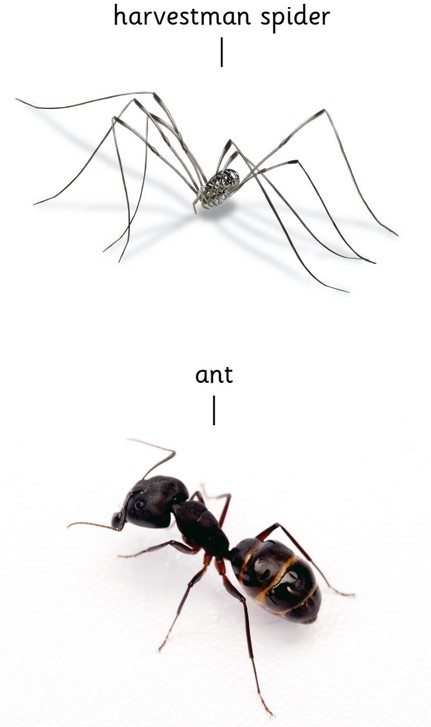
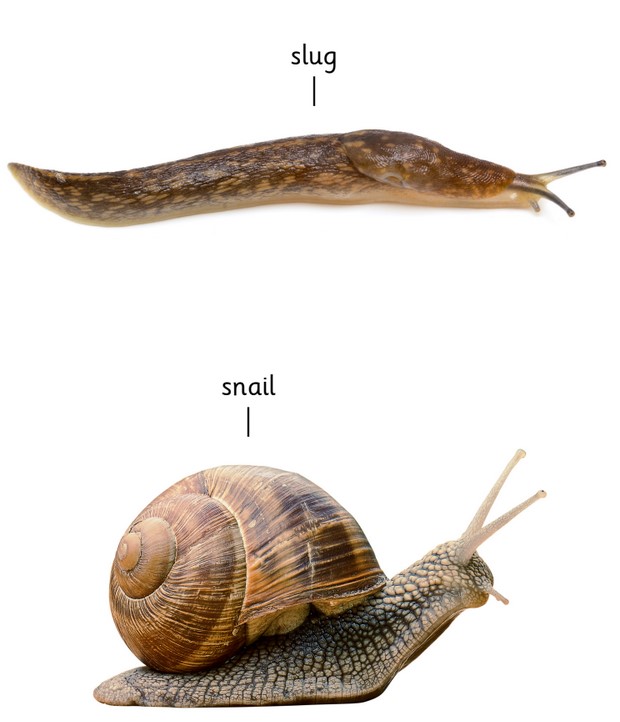
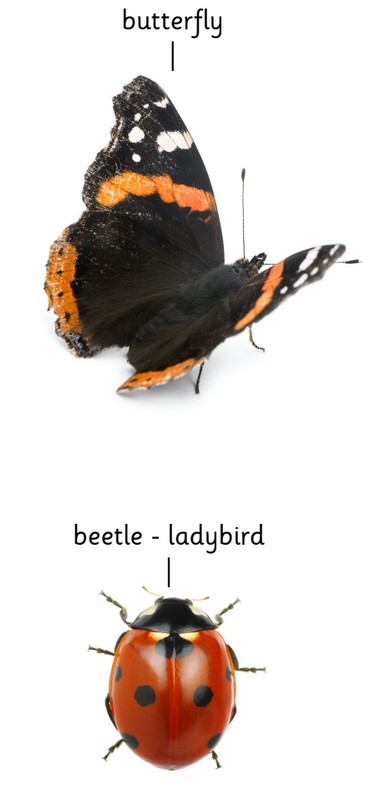
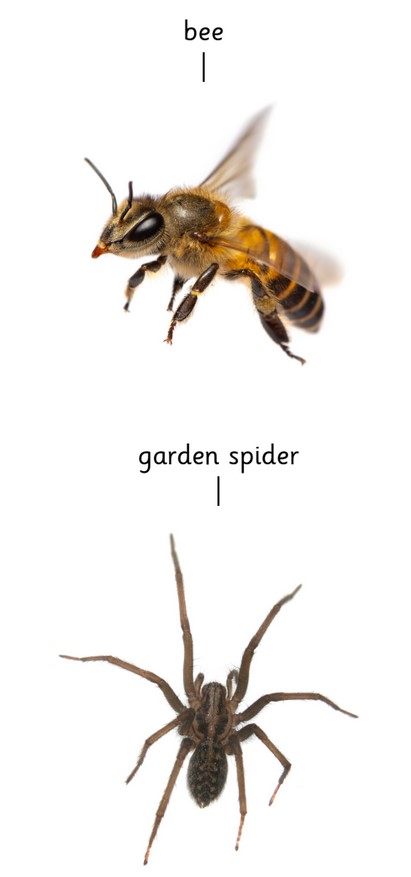
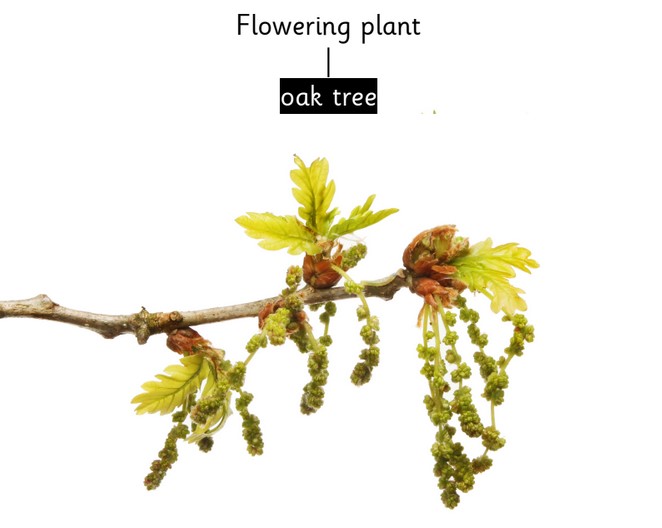
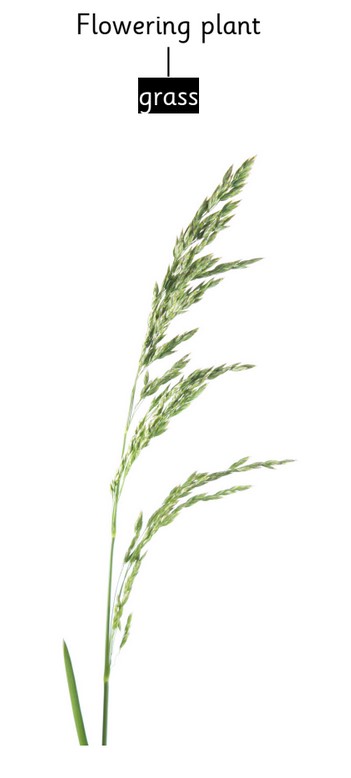
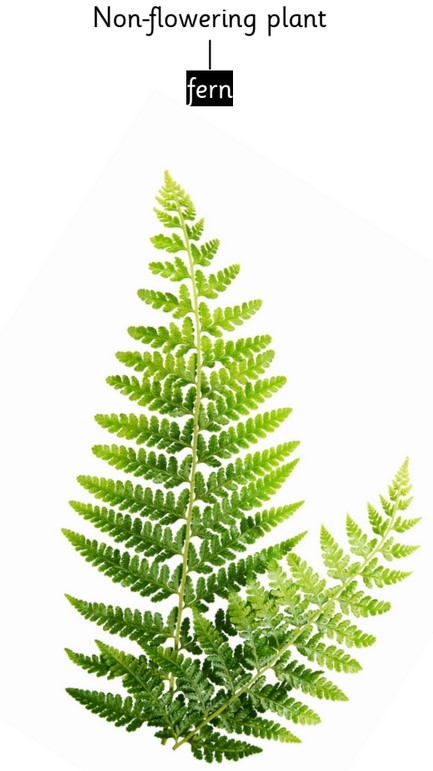
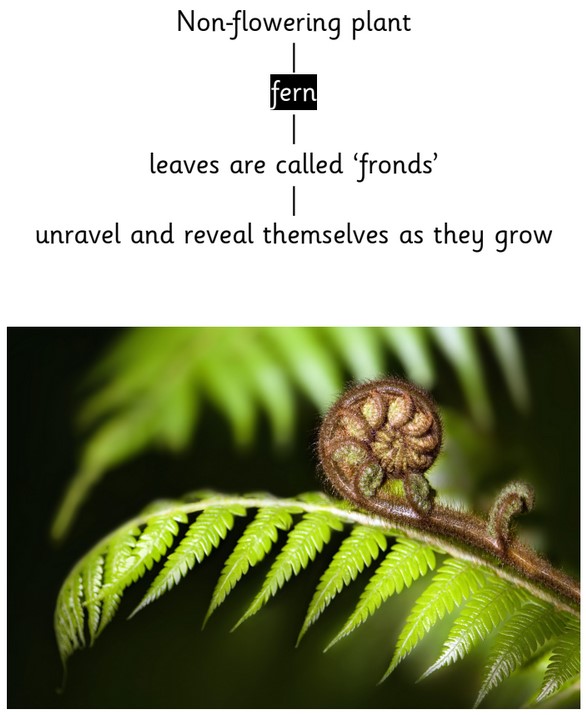
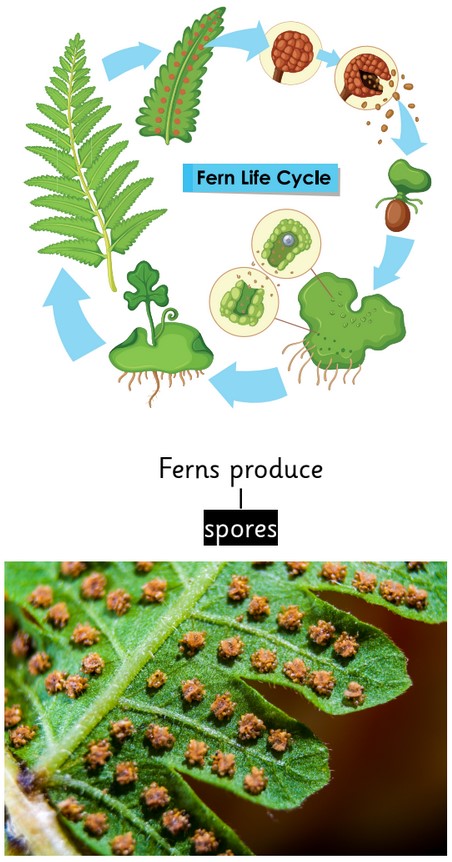
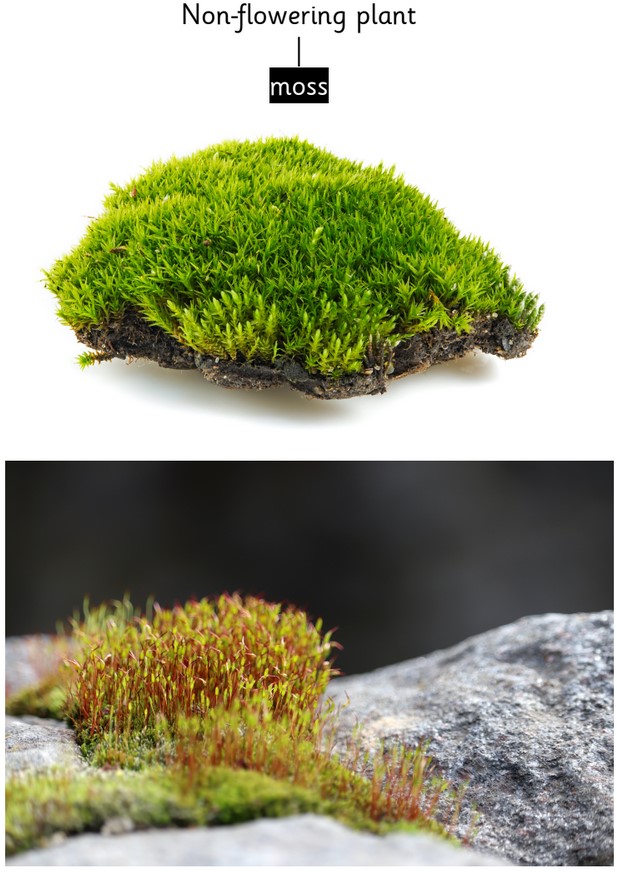
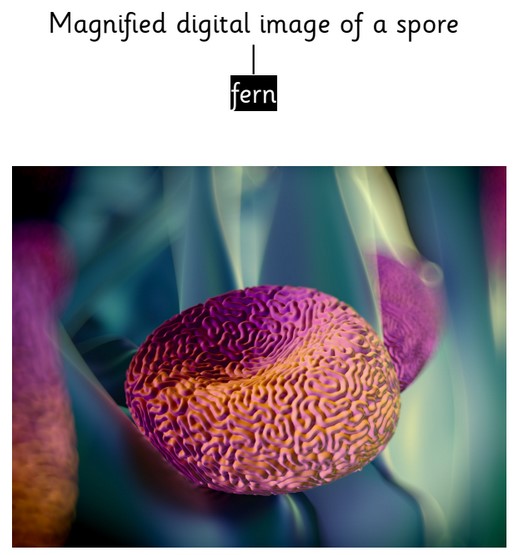
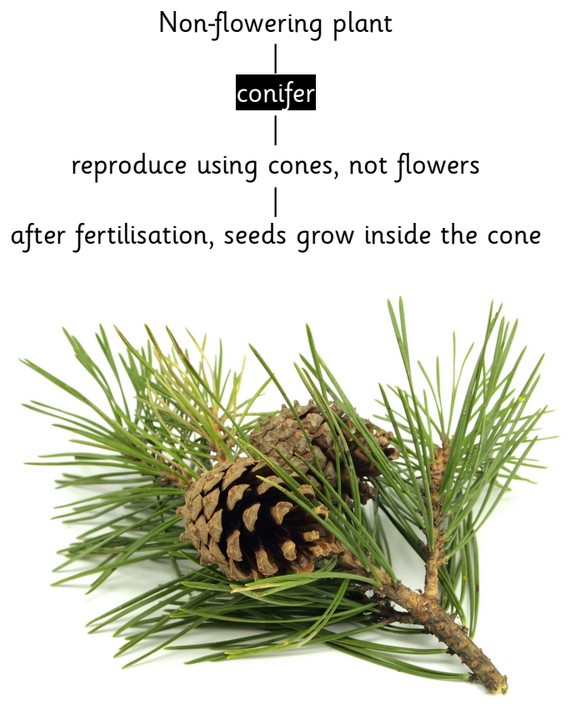
Living Things – Habitats
The particular environment that a plant or animal lives in is called a habitat.
The world needs a variety of habitats to ensure all living things have somewhere to live. Some examples of habitats are:
– Deserts
– Rainforest
– Coral reefs (see photo on the left)
Some habitats are much closer to home though, for example:
– Woodland
– Garden ponds
Many habitats are in danger because of human activity such as:
– Cutting down trees
– Building homes and roads on grassland
– Polluting rivers and lakes with chemicals
